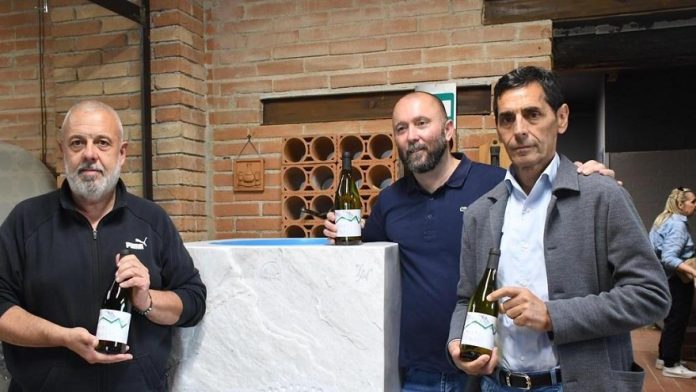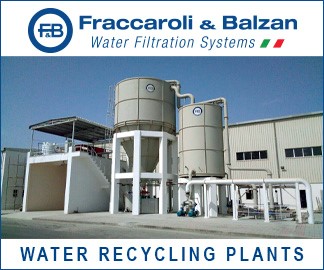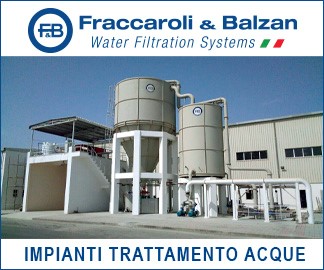An innovative and daring idea is taking hold in the Italian wine scene: the fermentation and aging of wine in marble barrels. Born from an intuition of Nicola Del Nero and Lino Cybeo, this technique has already found concrete application at the Giacomelli winery in Liguria.
The project originated from the meeting between Del Nero, owner of the Le Palme restaurant in Marina di Massa, and Cybeo, owner of a marble company in Carrara. Together, they decided to explore the combination of marble and wine, creating a unique product of its kind.
The marble barrel, created by the sculptor Alessandro Mosti and subsequently finished by his family, has a capacity of about 3000 liters. The original marble block, weighing 2.8 tons, was hollowed out inside to house the wine and subjected to a resin treatment to ensure its seal.
For fermentation and aging, a blend of Vermentino (60%) and Trebbiano (40%) grapes was chosen, selected after careful tests conducted by the winery’s oenologist. The characteristics of marble, which guarantee insulation, sealing and constant temperature, positively influence the evolution of the wine, preserving its freshness that would tend to disperse with the use of materials such as steel or cement.
The wine produced in this unique barrel, called “Marmo DiVino”, is currently available in limited quantities at the Le Palme restaurant. The label, carefully crafted in every detail, reflects the uniqueness of the product and the innovative production technique.
The experiment with the marble barrel represents a pioneering step in the search for new frontiers for winemaking. The promoters of the project look to the future with enthusiasm, hoping to be able to expand production and create further marble barrels, giving life to a new line of fine wines.
The use of marble as a material for fermenting and aging wine offers new and interesting perspectives, not only due to its intrinsic properties but also for the symbolic value that links wine to the local tradition and Italian marble craftsmanship. The evolution of this innovative technique will certainly be worth following closely in the years to come.






































